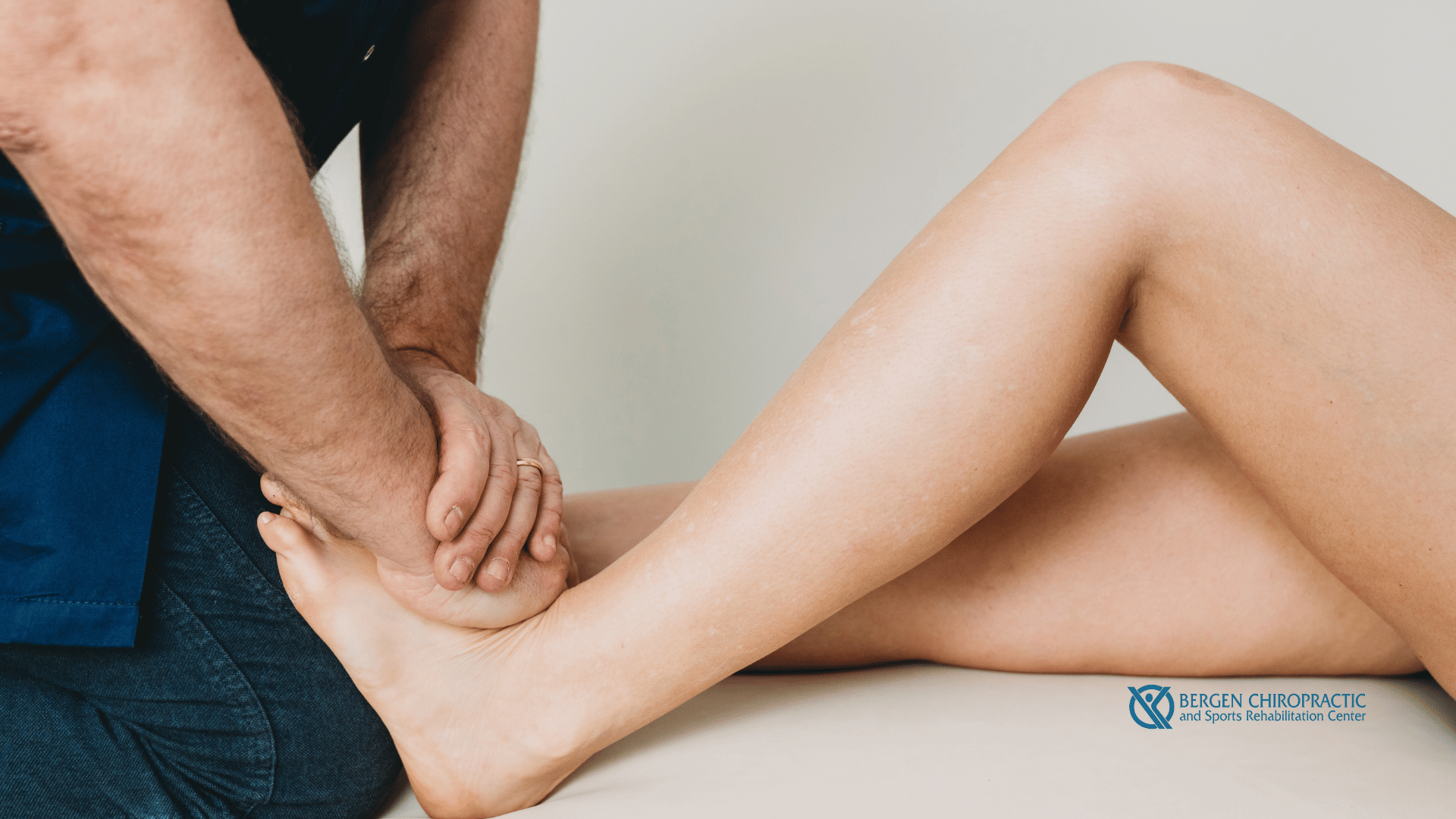Relieve pregnancy hand numbness with expert chiropractic care and gentle techniques at Bergen Chiropractic.
Beyond the Cramp: Understanding and Treating Back Spasms With Chiropractic Care
Relieve back spasms with chiropractic care, addressing the root cause to reduce pain, improve mobility, and prevent future flare-ups for lasting relief.
Seniors’ Guide to Shaking Off Winter Back Pain: Chiropractic Care for a Pain-Free Spring
Relieve winter back pain with chiropractic care, helping seniors improve mobility, reduce stiffness, and enjoy a pain-free, active spring season.
Spring Into Action: How Bergen Chiropractic Treats Seasonal Ankle Pain in New Jersey
Ease seasonal ankle pain with expert chiropractic care in New Jersey—learn how Bergen Chiropractic helps you stay active and pain-free this spring.
From Pain to Progress: Understanding the Duration of Chiropractic Treatment for Plantar Fasciitis
Understand the timeline of chiropractic care for plantar fasciitis, from initial pain relief to long-term recovery, and what to expect during treatment.
New Mom, New Steps: Chiropractic Care for Postpartum Plantar Fasciitis
Ease postpartum foot pain with chiropractic care tailored for new moms, addressing plantar fasciitis as you adjust to motherhood.
Soothing Steps: How Chiropractic Care Addresses Plantar Fasciitis in Expectant Mothers
Relieve plantar fasciitis during pregnancy with chiropractic care focused on gentle, effective techniques to ease foot pain and support overall comfort.
Beyond the Surface: How Shockwave Therapy Targets Plantar Fasciitis at Its Core
Discover how shockwave therapy directly targets plantar fasciitis pain, promoting healing and offering lasting relief for improved mobility and comfort.
Step into Comfort: The Ultimate Guide to Plantar Fasciitis-Friendly Footwear
Find the best shoes for plantar fasciitis relief with this guide, featuring supportive footwear options that help ease pain and promote all-day comfort.
Walk Pain-Free: Bergen Chiropractic’s Tried-and-True Approach to Plantar Fasciitis
Discover how Bergen Chiropractic’s expert team uses proven techniques to relieve plantar fasciitis pain, helping you regain comfort and mobility.










